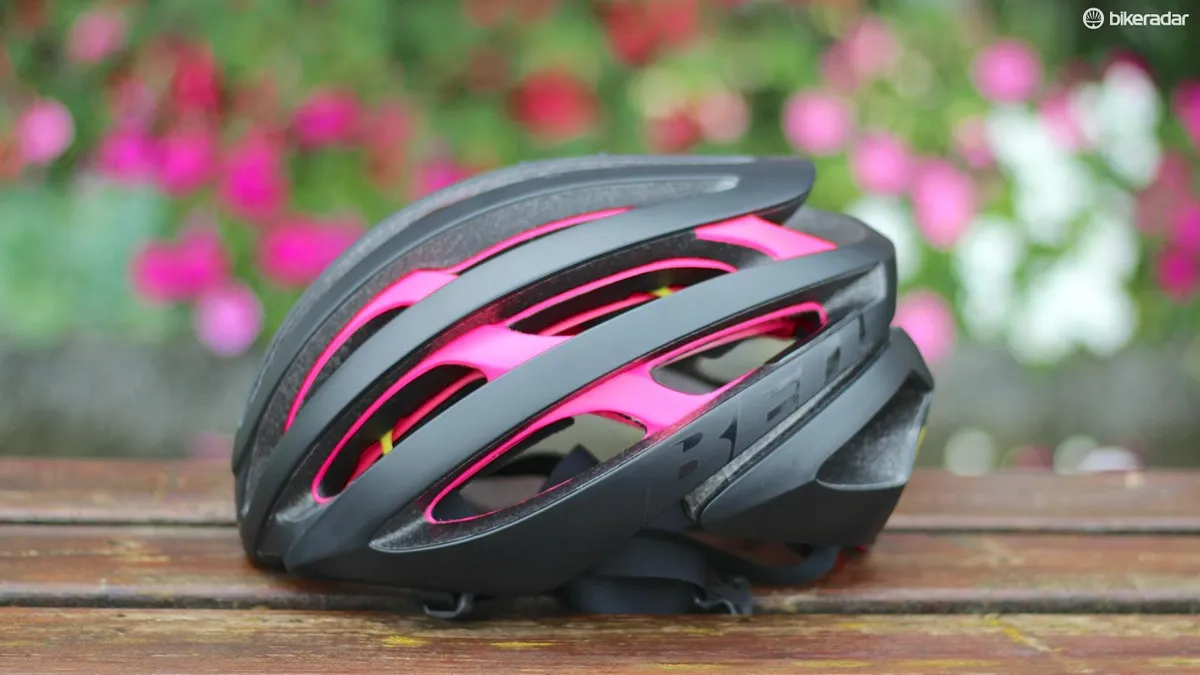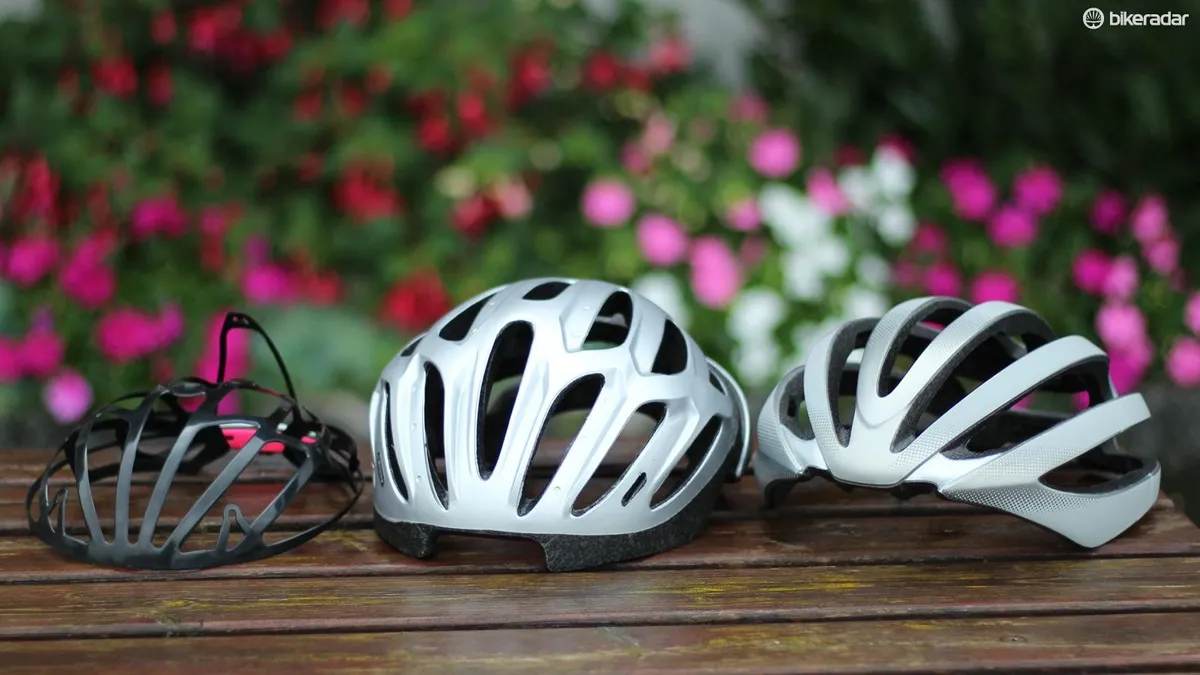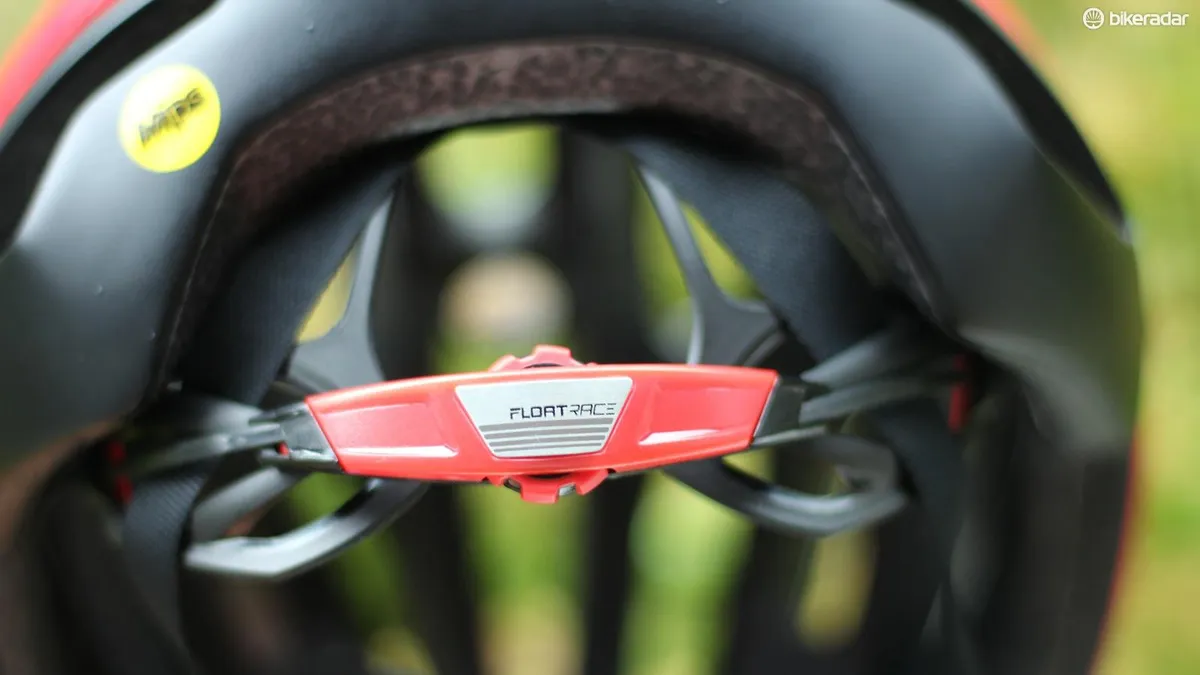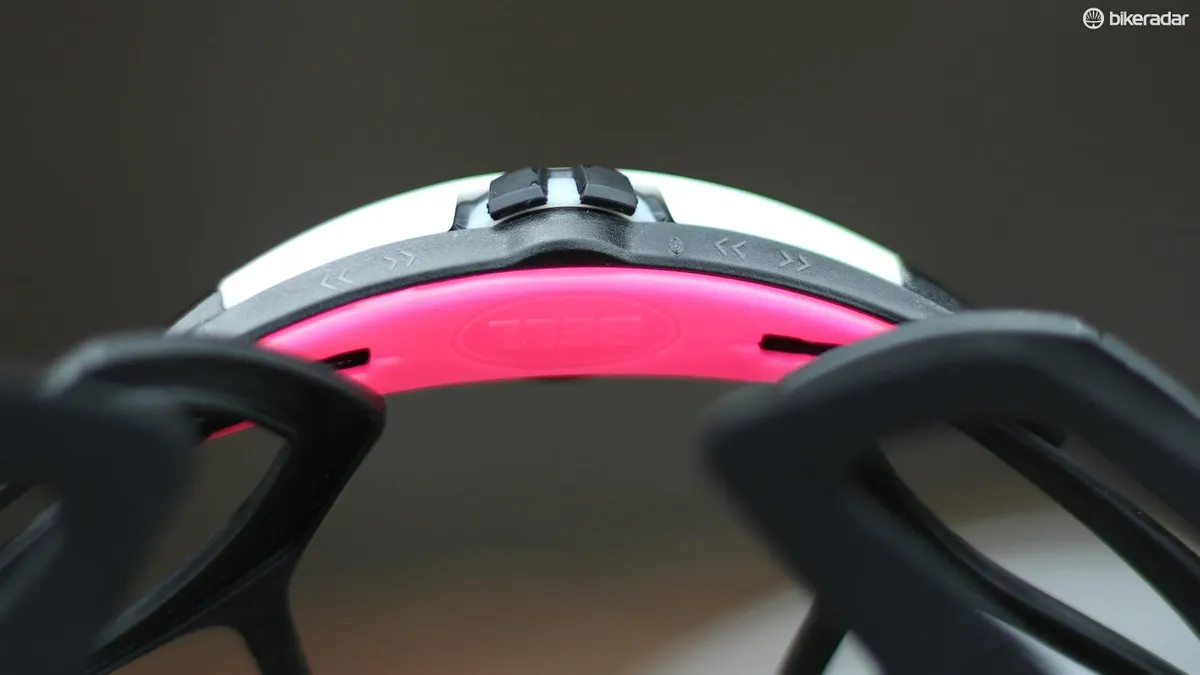The MIPS rotational protection system is gaining traction among helmet makers, and Bell has taken the integration perhaps the furthest with its new Zephyr helmet, where the Float Fit retention system is built into the plastic liner.
The £200 / US$230 / €249 helmet also features an external layer of high-density foam that nests onto a layer of low-density foam. (UK and AU pricing was not immediately available.) This design allows Bell to improve the energy absorption of the helmet and do away with the so-called 'roll cage' skeletal structure, thereby saving a little weight.
Does this make the helmet safer than others? Bell product manager Sean Coffey said that helmet companies are legally restricted from making such claims. "The law being what it is, and certification being what it is, we can only say we meet the standards," Coffey said. "We will end up in a lawsuit if we say ‘safer than others.’"
The Bell Zephyr does indeed meet the CPSC standard for North America and the CE for Europe standard. A size small CPSC helmet weighs a claimed 163g.
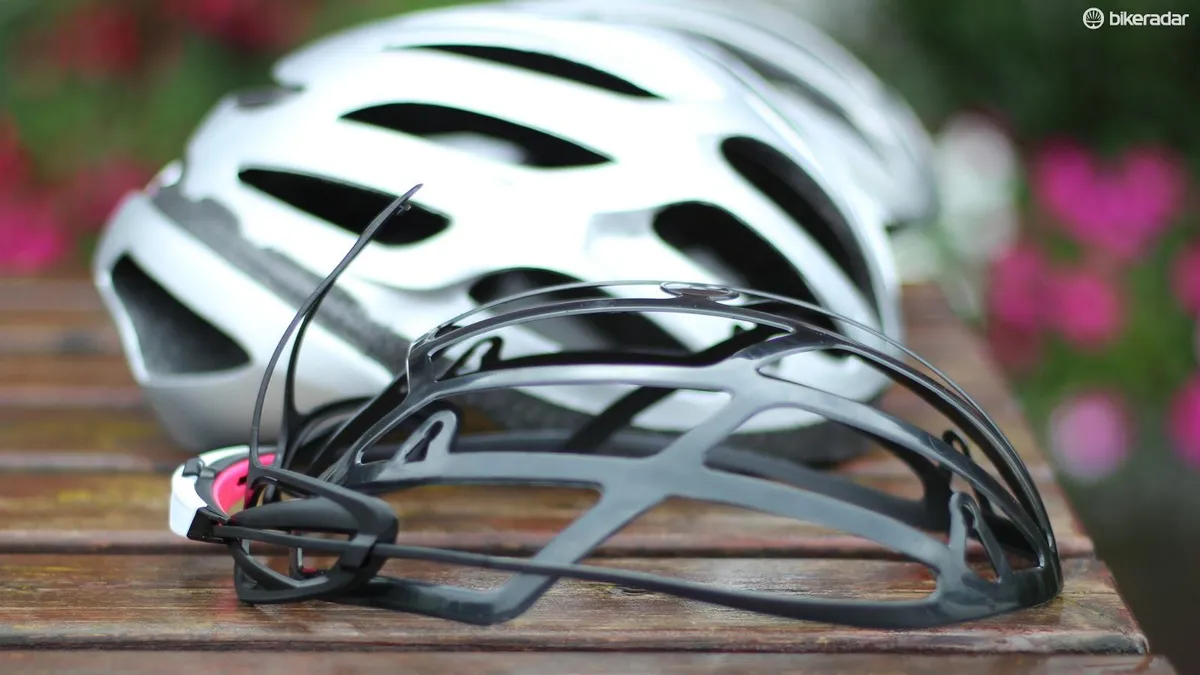
Bell's Float Fit Race retention system features a dial that is somewhat suspended off the back of the head. In addition to micro adjustments for tightening, the Float Fit Race also has four vertical settings (instead of the traditional three) for 22mm of adjustment, and the width of the occipital pads can be adjusted, too.
"With the Float Fit Race, the Zephyr fits more like a cap instead of a helmet," Coffey said. "With the Zephyr, we were not going for the most aero helmet, not the lightest helmet. We wanted to go for the most comfortable, best looking, most sophisticated road helmet."
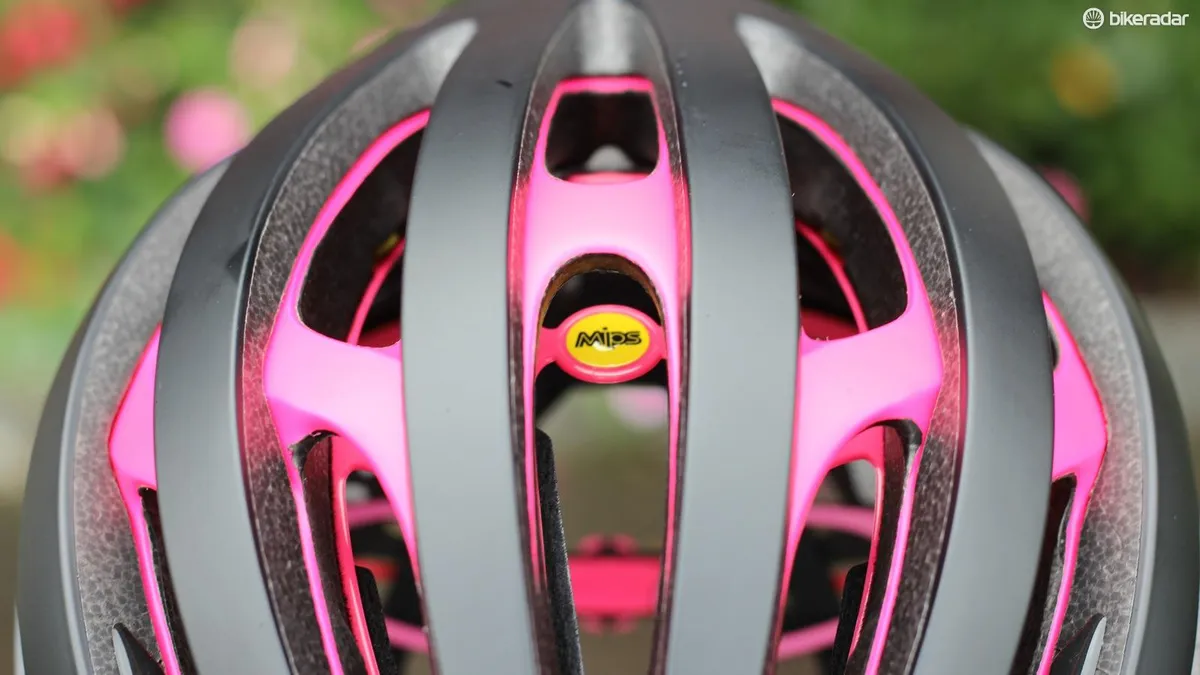
Besides integrating the MIPS liner into the Float Fit Race, Bell also accounted for the extra mass of the liner system. Some helmet companies, in the rush to adopt MIPS, simply add the liner into existing helmets, which effectively changed their fit and sizing.
"Some pros had asked for non-MIPS helmets, as they can feel the extra layer," Coffey sad. "It can affect fit and ventilation."
Bell sought to avoid that with an integrated design, and through collaboration with sponsored riders like Sep Vanmarke of team Lotto-Jumbo.

While Bell shies away from aero talk on the helmet itself, Coffey did point out that the strap Tri-Glide adjustment piece was designed to lay flat, which helps with fit, feel and aerodynamics. "Having flat straps can save 7-9 watts in the wind tunnel," Coffey said.
Bell engineering manager Ben Penner expounded further: "Straps can be the difference between an aero helmet and a non-aero helmet."
The Zephyr has ports front and rear to hold your sunglass arms, but you might not need it, Bell claims. The Zephyr also has a unique sweat pad at the center of the brow that extends forward across the thickness of foam to the outer edge. Bell claims this absorbs the sweat running off your forehead, and then releases it to drip down in front of your sunglasses.

The Zephyr comes in six colors plus a US$250 'Ghost' reflective option in white.
Bell also launched the Stratus helmet, which is a £125 / US$160 / €149 Mips or £100 / US$130 / €129 non-MIPS helmet with a similar Float Fit retention system. The Stratus lacks the dual-layer construction and the Zephyr's width-adjust option, but is otherwise similar.
